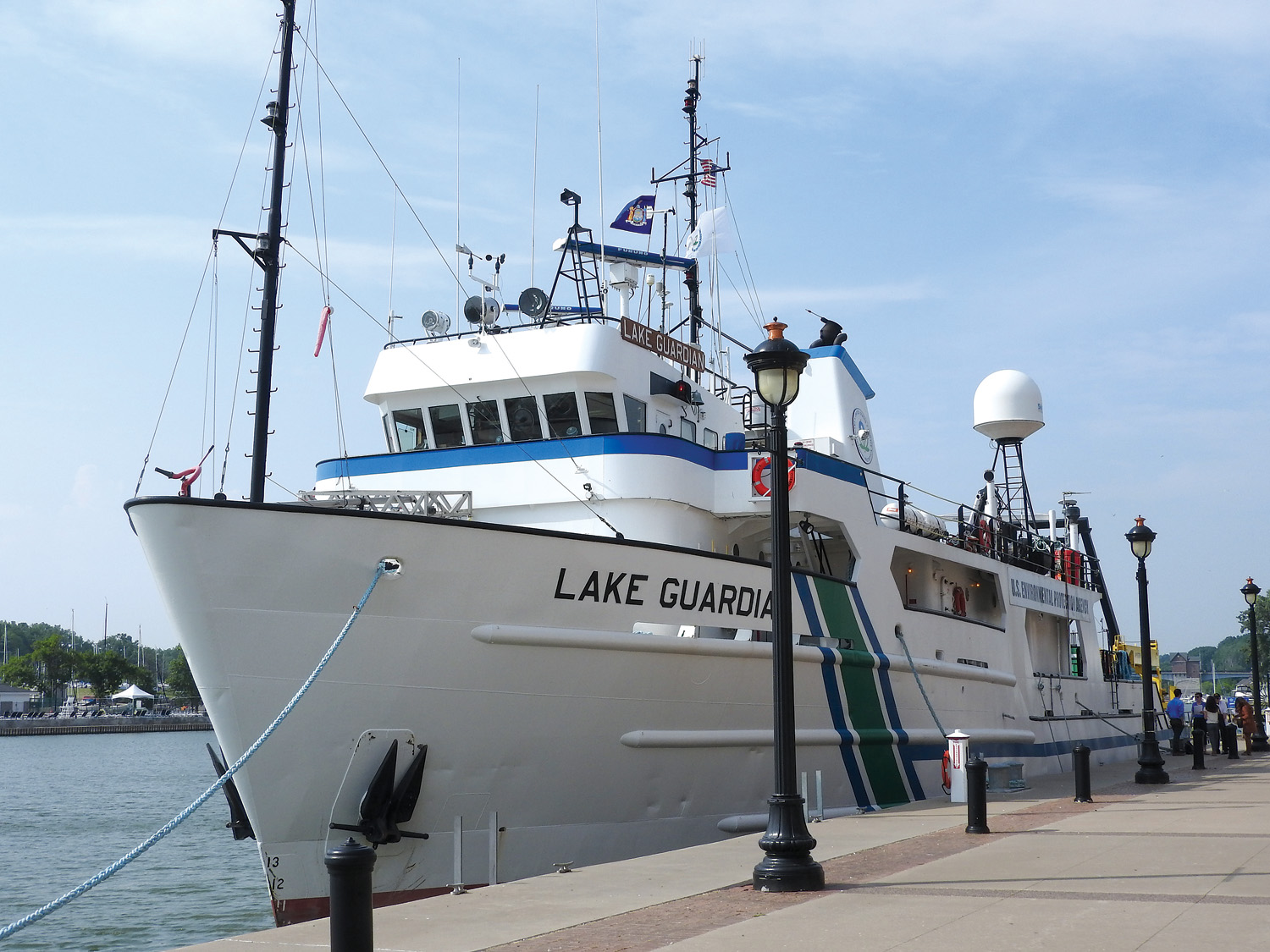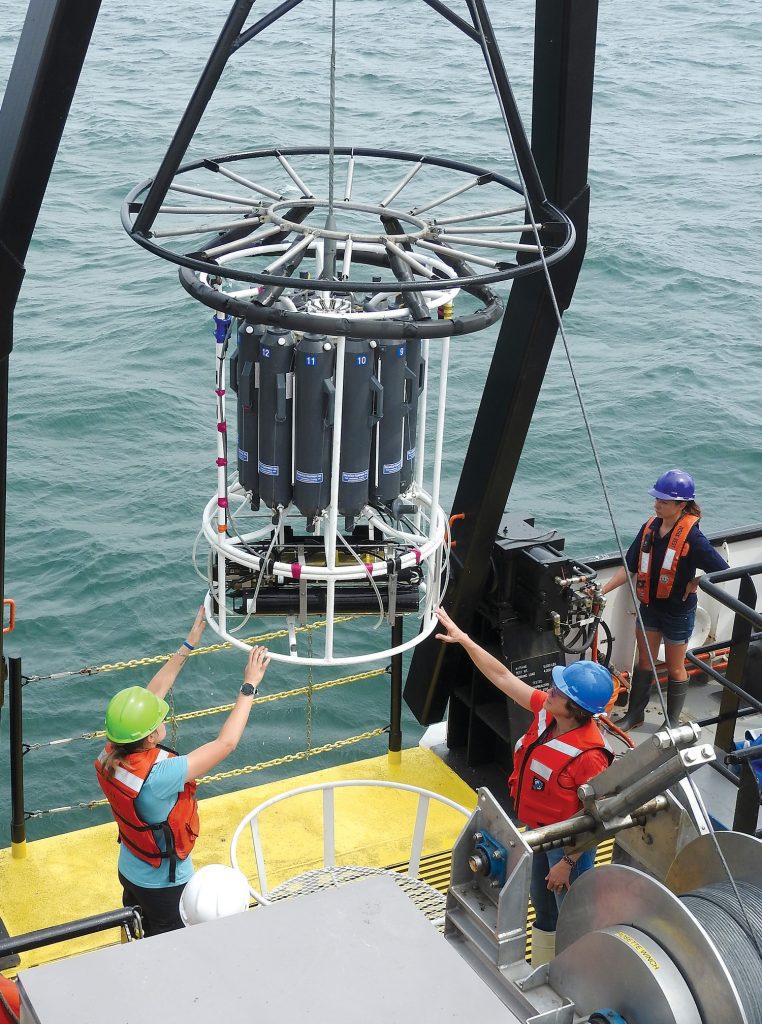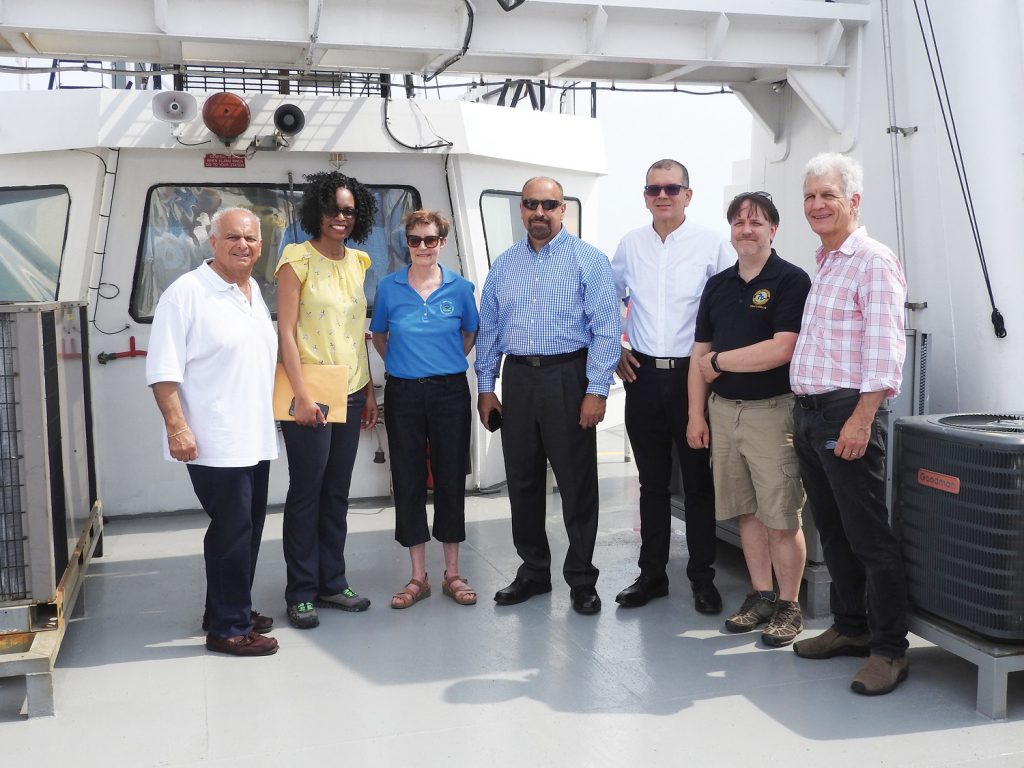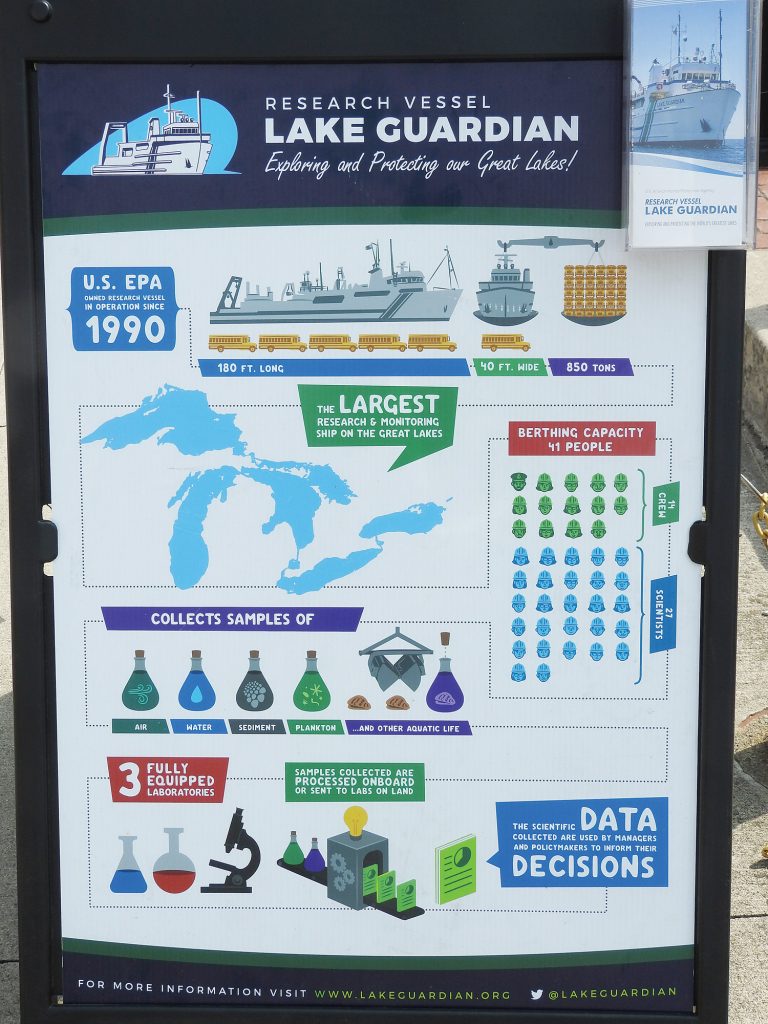Monitoring Lake Ontario’s Health

EPA launches research vessel Lake Guardian to monitor Lake Ontario’s health as Binational Science Initiative gets underway. The U.S. Environmental Protection Agency (EPA) has begun an extensive binational Cooperative Science Monitoring Initiative to focus on the protection and restoration of Lake Ontario and its watershed. U.S. and Canadian federal agencies are partnering with New York State and the Province of Ontario, as well as academic, environmental, and ecological organizations, to gather critical information about the chemical and biological conditions of Lake Ontario.
“We are fully dedicated to ensuring the health of Lake Ontario and all of the Great Lakes so we can better protect, maintain, and enhance environmentally sustainable economic opportunities,” said Regional Administrator Pete Lopez. “This cooperative partnership at all levels of government will benefit the health of the lake and the local communities and economies that rely on it.”
The priority of this year’s monitoring of Lake Ontario, which is the lake’s fourth cycle of intensive monitoring, is to improve the understanding of nutrients entering the Lake Ontario ecosystem and their impacts on water quality and the aquatic food web.
The Research Vessel Lake Guardian is the largest research vessel in the EPA fleet and the largest research vessel operating on the Great Lakes. The R/V Lake Guardian is 180 feet in length. It has a berthing capacity of 41 people, including 14 crew members and 27 visiting scientists.
Under the Great Lakes Water Quality Agreement, the United States and Canada are committed to improving the waters of the Great Lakes and issuing a Lakewide Action and Management Plan (LAMP) for each Great Lake on a five-year cycle. This is Lake Ontario’s fourth year monitoring and will identify environmental threats, set priorities for research and monitoring, and outline further action by governments and the public for its 2018-2022 LAMP.Once the year-long monitoring program on Lake Ontario is completed, a summary report of their findings will be available for public review.
Using various research vessels, the agencies will be evaluating nutrients, plankton, prey fish, and predator fish. Smaller research boats will focus on near-shore activities such as evaluating nutrients and mussels, as well as performing algae research and diver surveys. The agencies will be using sophisticated equipment such as underwater cameras, satellite imagery, robotic gliders, and underwater unmanned vehicles to better characterize and document the lake’s ecosystem.
The R/V Lake Guardian, which is owned by the EPA Great Lakes National Program Office (GLNPO), assists GLNPO in monitoring and reporting on the status and trends of the Great Lakes ecosystem. Annual surveys that sample water and biological life at designated locations in all five Great Lakes (Superior, Michigan, Huron, Erie and Ontario) are conducted by the R/V Lake Guardian.
For more information about the Great Lakes Water Quality Agreement visit: https://www.epa.gov/glwqa
Follow EPA Region 2 on Twitter at http://twitter.com/eparegion2 and Facebook at http://facebook.com/eparegion2
Provided information
Photos by Karen Fien







